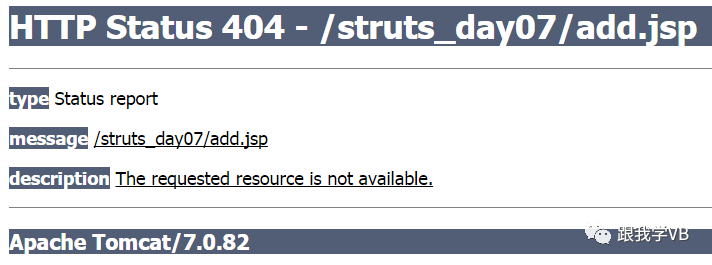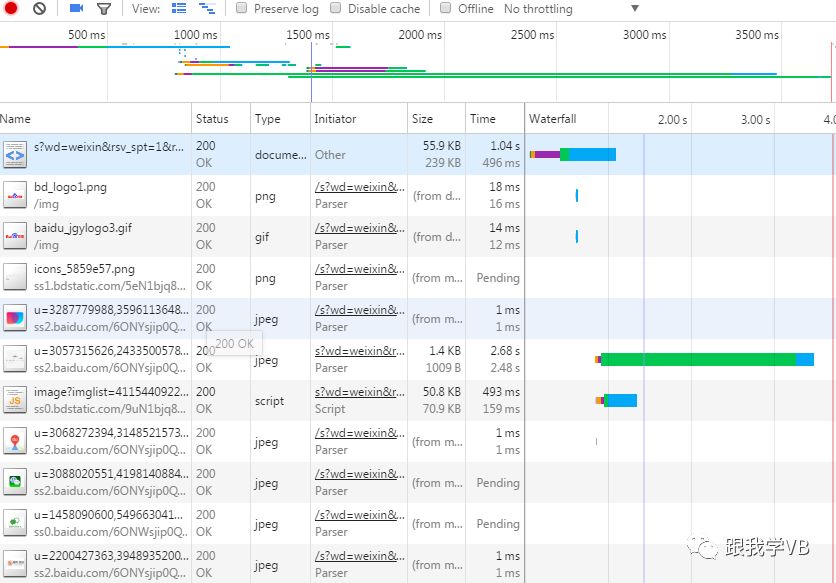The Hypertext Transfer Protocol (HTTP) is one of the most widely used network transmission protocols on the internet, and all WWW files must comply with this standard.
HTTP response status codes indicate whether a specific HTTP request has been successfully completed.
The responses are divided into five categories: informational responses, successful responses, redirection, client errors, and server errors.
Client Status Codes
1. 404 – Not Found represents a client error, indicating that the server cannot find the requested resource.
 2. 400 – Bad Request, the server cannot understand the syntax of the request.
2. 400 – Bad Request, the server cannot understand the syntax of the request.
3. 403 – Forbidden, the server refuses the request.
4. 405 – Method Not Allowed, the method specified in the request is disabled for the resource.
5. 406 – Not Acceptable, the requested resource is not able to generate a response acceptable according to the accept headers sent in the request.
6. 407 – Proxy Authentication Required, this status code is similar to 401 (Unauthorized), but indicates that the client must first authenticate itself with the proxy.
7. 408 – Request Timeout, the server timed out waiting for the request.
8. 409 – Conflict, the request could not be completed due to a conflict with the current state of the resource. The server must provide information about the conflict in the response.
9. 410 – Gone, this response is sent when the requested resource has been permanently deleted.
10. 411 – Length Required, the server refuses to accept the request without a defined Content-Length header field.
11. 412 – Precondition Failed, the server does not meet one of the preconditions that the requester put on the request.
12. 413 – Payload Too Large, the server cannot process the request because the payload is too large.
13. 414 – URI Too Long, the server cannot process the request because the URI is too long.
14. 415 – Unsupported Media Type, the media format of the requested data is not supported by the server.
15. 416 – Range Not Satisfiable, the server cannot provide the requested range.
16. 417 – Expectation Failed, the server cannot meet the requirements of the Expect request-header field.
17. 500 – Internal Server Error, the server encountered an unexpected condition that prevented it from fulfilling the request.
18. 501 – Not Implemented, the server does not support the functionality required to fulfill the request.
19. 502 – Bad Gateway, the server received an invalid response from the upstream server while acting as a gateway or proxy.
20. 503 – Service Unavailable, the server is currently unable to handle the request due to temporary overloading or maintenance of the server.
21. 504 – Gateway Timeout, the server did not receive a timely response from the upstream server.
22. 505 – HTTP Version Not Supported, the server does not support the HTTP protocol version that was used in the request.
Server Status Codes
1. 2xx – The client’s request was successfully received.
 00001. 200 – OK, the server successfully processed the request. Typically, this indicates that the server has provided the requested page.
00001. 200 – OK, the server successfully processed the request. Typically, this indicates that the server has provided the requested page.
00002. 201 – Created, the request has succeeded and a new resource has been created.00003. 202 – Accepted, the request has been accepted for processing, but the processing has not been completed.
00004. 203 – Non-Authoritative Information, the server successfully processed the request, but returned information may be from another source.
00005. 204 – No Content, the server successfully processed the request, but is not returning any content.00006. 205 – Reset Content, the server successfully processed the request, but is not returning any content.
00007. 206 – Partial Content, the server successfully processed a partial GET request.
2. 3xx – Redirection
00001. 302 – Found, the requested resource has been temporarily moved to a different URI.
00002. 304 – Not Modified, if the client has made a conditional GET request and the document has not changed, the server should return this status code.